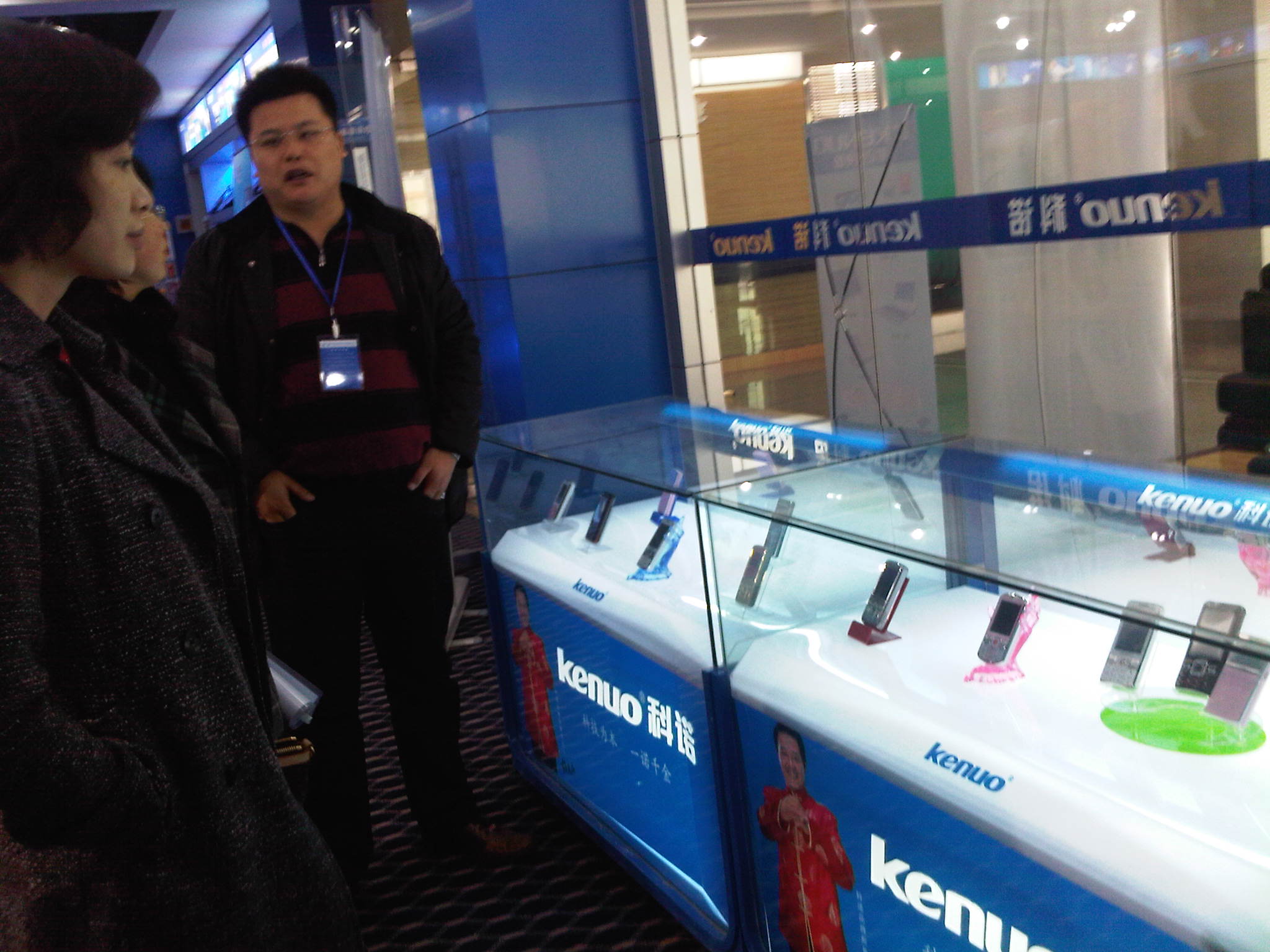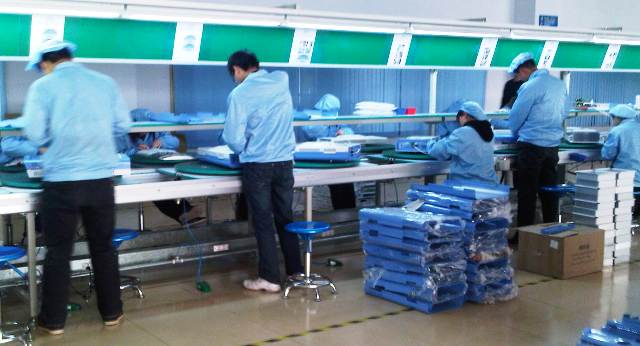Greetings from Hebi, China
Heading into the homestretch of her three-week trade mission to China with representatives of the World Trade Center of Greater Philadelphia (WTCGP) and Drexel University’s LeBow College of Business, Planning and Zoning Code Commissioner Natalia Olson Urtecho was in the burgeoning city of Hebi (Henan Province) this week, about 370 miles south of Beijing.
Hebi is a growing-like-a-weed prefecture-level city in the mountainous northern Henan province, with the cities of Anyang and Xinxiang to its north and south, respectively.
As it grows, development mandates that 45 percent of every project, public or private remains open space.
“That’s their ratio,” wrote Olson Urtecho, not long after dining with Hebi’s mayor and other officials. “It is one of the first examples of an eco-city, and the balance between green space and development is key.”
The city’s wide boulevards all have bike trails and bus rapid transit lanes. “Solar-heated water systems are on the roofs, all over the place here,” Olson Urtecho said. “And the Hebi waterfront development is unbelievable.”
But Hebi is also a coal-mining area, and considered an official state economic development zone. According to the trade publication Mining Journal, in 2005 the Hebi Coal and Electricity Co. entered into a joint venture with Asia American Coal Inc. and with Thailand-based coal producer Banpu PLC to develop more mining in Shanxi Province.
Lately, Olson Urtecho reports that “Hebi and its region are being recognized for some kind clean coal technology. It’s replacing old-fashioned coal technology. They have been very proactive and forward thinking, and they keep referring to the ‘recycling economy.’”
She visited a waste-heat water plant owned by the Tongli Cement Co. “They closed a bunch of coal-producing electrical plants and replaced them with these types of plants in Hebi.”
And as buildings pop up throughout the city (note the multitude of construction cranes in the photos with the attached slide show), many of them are being built with “fly ash bricks,” which Olson Urtecho witnessed being made, and composed of 80 percent waste.
Hebi consists of two counties, Junxian and Qixian – national and provincial, respectively. The Qi River, considered relatively unpolluted, crosses through the city.
The trade trip was inspired in part by the December visit to Philadelphia of about 40 Hebi government and private industry officials. They were invited by the Philadelphia International Sustainability Association of Business Students. The conference was intended to “highlight the need for an international and interdisciplinary approach to sustainability,” wrote Chen Wang, co-president of the Wharton Sustainability Association, in a letter inviting Mayor Michael Nutter to the conference. Wang called Hebi “a model city for sustainable economy and clean energy practices.”

Henan is the largest Chinese province by population (about 100 million people, equal to more than one-third the population of the United States). The Center for Environmental Policy at Philadelphia’s Academy of Natural Sciences said Henan is “leading the charge for a ‘cyclical economy’ on the provincial level.”
Olson Urtecho, an urban planner with H2L2 Architects, is also a member of the PlanPhilly advisory board. She has been corresponding with PlanPhilly since her trip started last week, posting observations from Shanghai and from Beijing.
Contact the reporter at thomaswalsh1@gmail.com.
WHYY is your source for fact-based, in-depth journalism and information. As a nonprofit organization, we rely on financial support from readers like you. Please give today.












